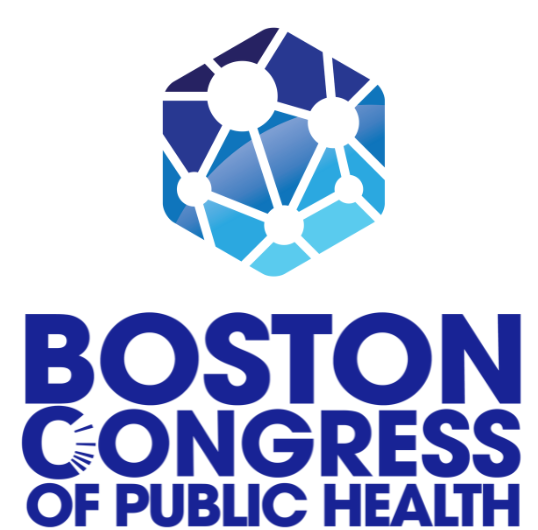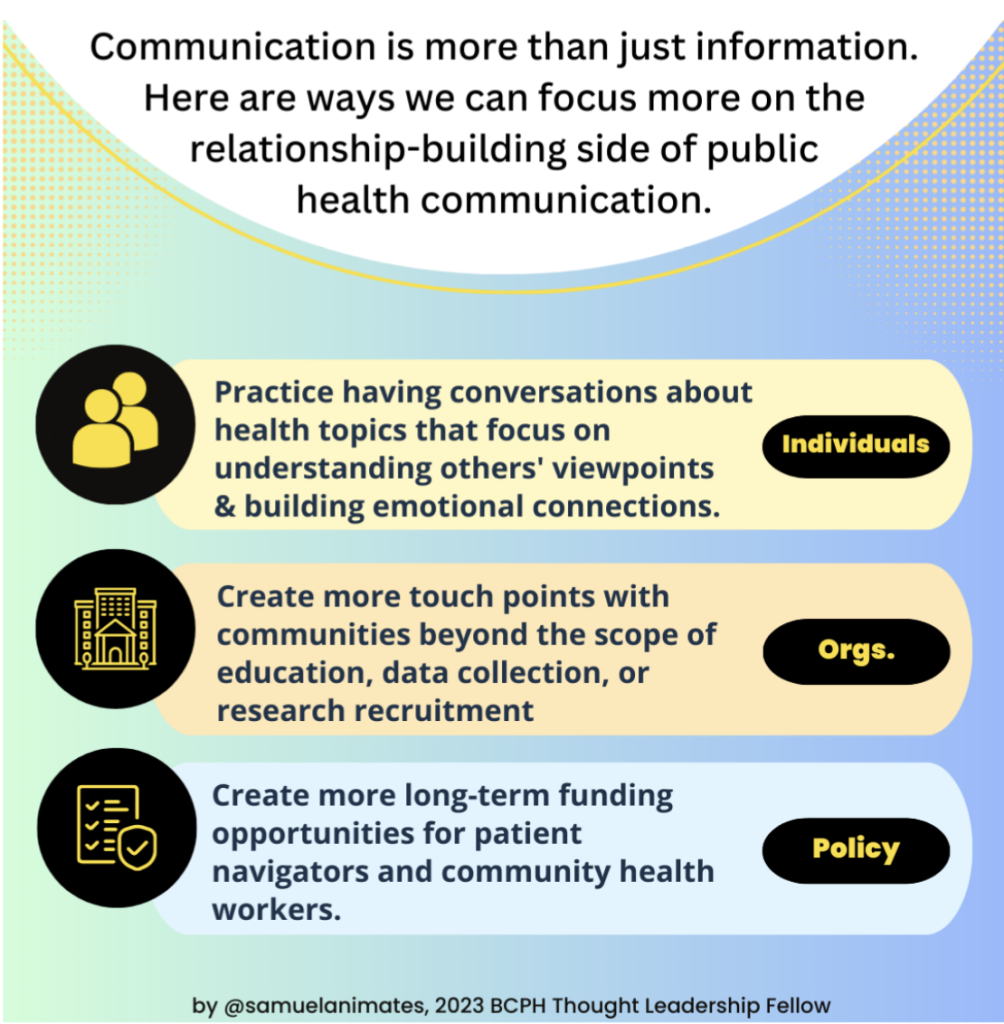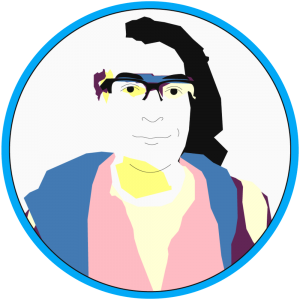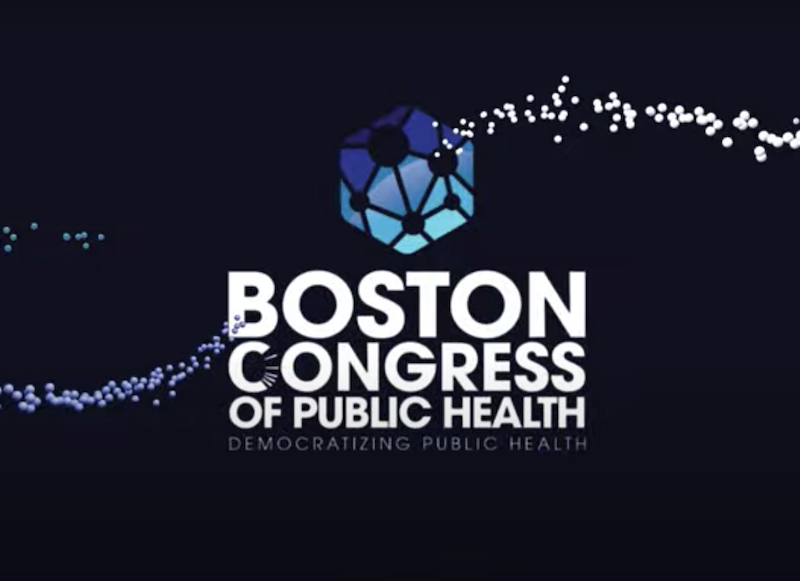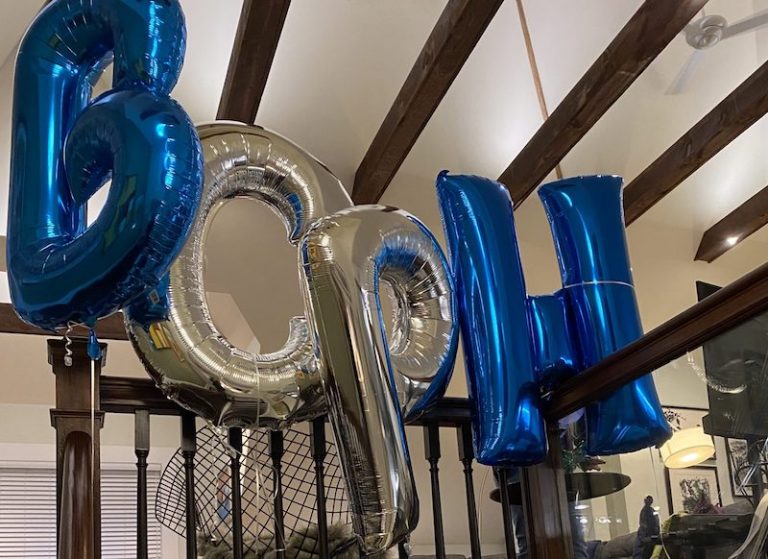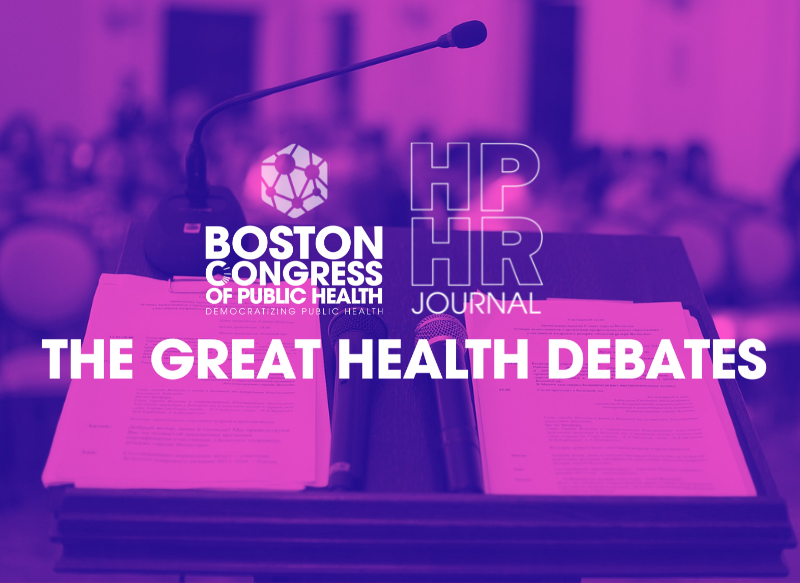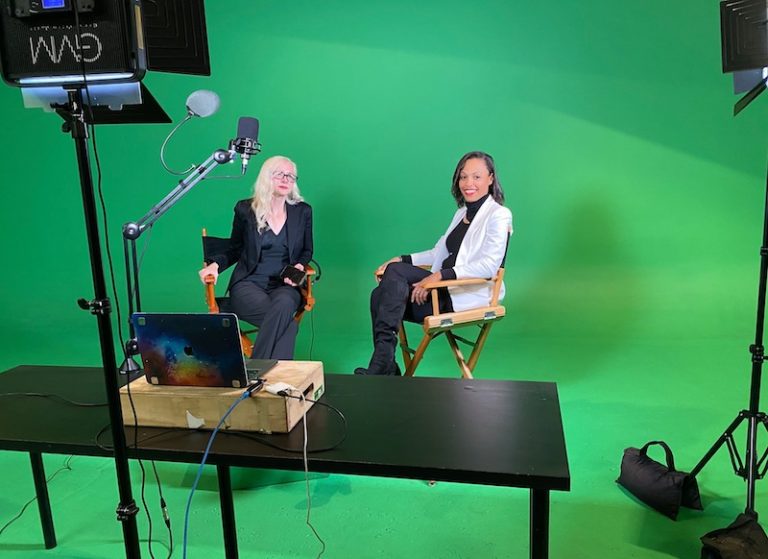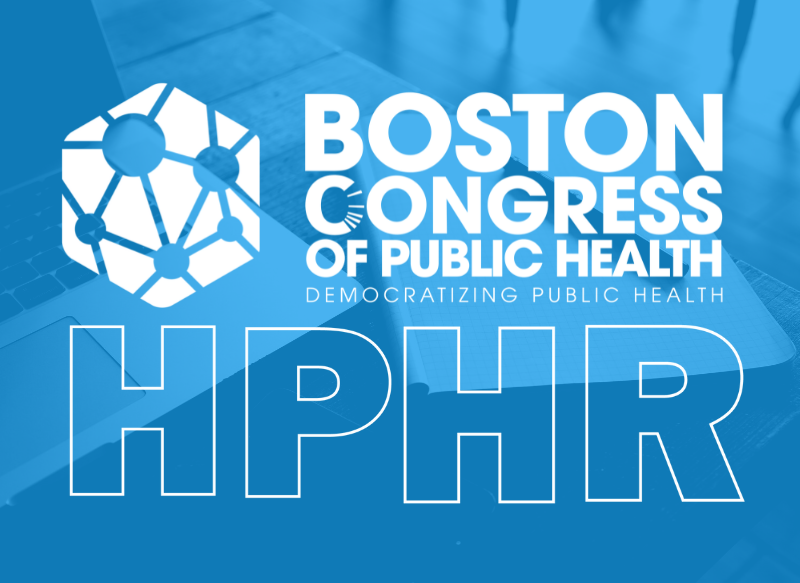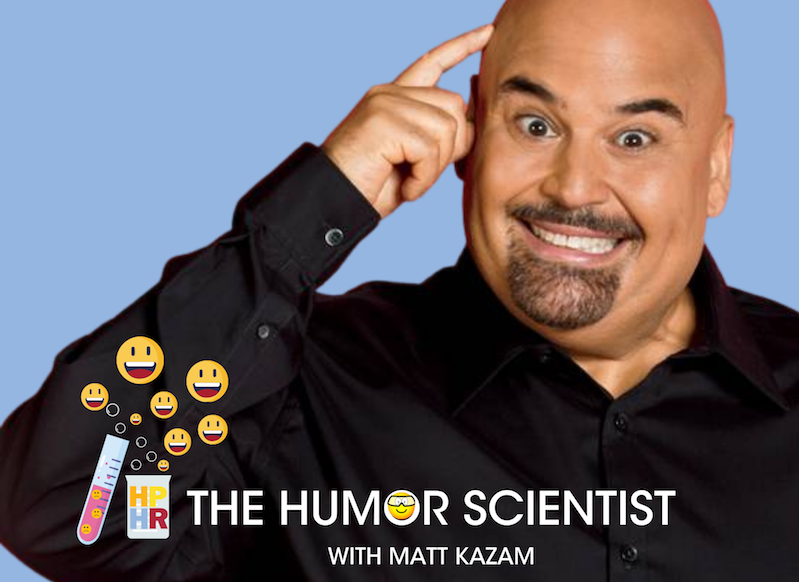Live streaming is an emerging method of science communication that blends education and entertainment with community building. We can look at Lee Constable’s livestreams as a fruitful example. They will stop what they are doing to answer questions from their audience, analyze suggested social media content, and get to know the people watching them. They have special rewards and intermissions people can request via channel points. And they will consider the expertise from people in the audience. They follow a regular schedule and commit to showing up over time. We can contrast this with the approach we saw from Anthony Fauci and Vivek Murthy during the pandemic, which focused on transmission of information, and thus looked more like a typical webinar rather than a typical Twitch stream.
